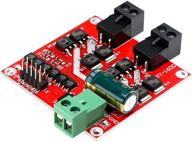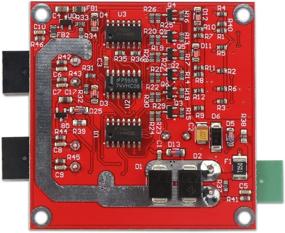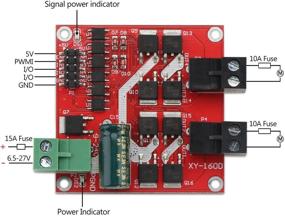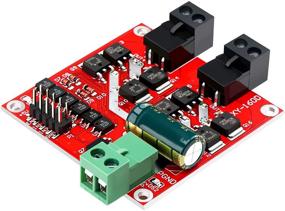Description of DROK Controller Regulator Industrial Optocoupler
DROK DC motor driver input voltage range is DC 6.5V-27V, can be input DC 12V or 24V, rated output current of each port is 7A, total output power is 160W. STRONG DRIVE: the motor controller board adopts dual H bridge, can drive two DC motors at the same time. FORWARD and REVSERSELY ROTATE: the IN1, IN2/IN3, IN4 port can control forward or reverse motor rotation. PWM SPEED CONTROL: enable signal terminal (ENA) input PWM can regulate speed, PWM frequency range 0-10KHZ. UNDER VOLTAGE PROTECTION: the motor driver module is with under voltage protection to prevent instantaneous large current from damaging the module.





